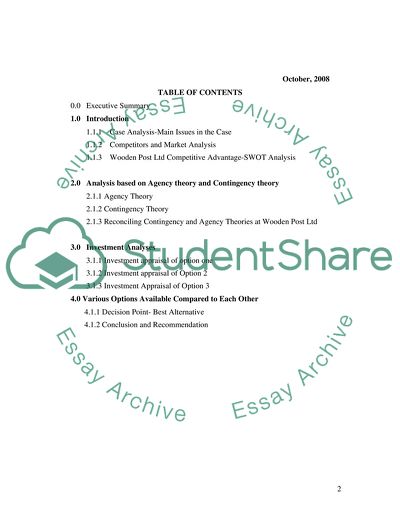Cite this document
(“Managerial Finance Essay Example | Topics and Well Written Essays - 3500 words”, n.d.)
Managerial Finance Essay Example | Topics and Well Written Essays - 3500 words. Retrieved from https://studentshare.org/miscellaneous/1548993-managerial-finance
Managerial Finance Essay Example | Topics and Well Written Essays - 3500 words. Retrieved from https://studentshare.org/miscellaneous/1548993-managerial-finance
(Managerial Finance Essay Example | Topics and Well Written Essays - 3500 Words)
Managerial Finance Essay Example | Topics and Well Written Essays - 3500 Words. https://studentshare.org/miscellaneous/1548993-managerial-finance.
Managerial Finance Essay Example | Topics and Well Written Essays - 3500 Words. https://studentshare.org/miscellaneous/1548993-managerial-finance.
“Managerial Finance Essay Example | Topics and Well Written Essays - 3500 Words”, n.d. https://studentshare.org/miscellaneous/1548993-managerial-finance.


